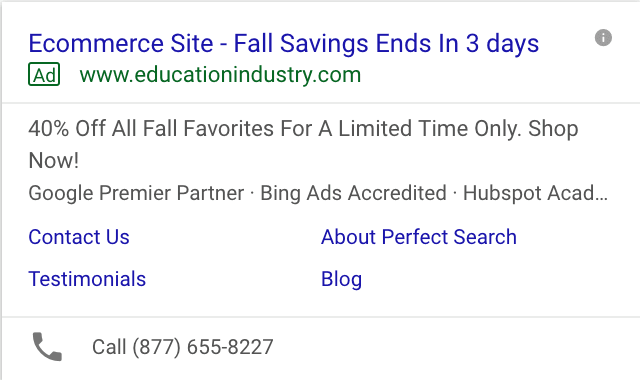Why Social Psychology Can Boost Your E-Commerce Advertising Strategies

There’s a wealth of published research on the art of persuasion and how people make decisions. While this sounds like something you glossed over in Psych 101, it has real-world consequences—especially in the e-commerce industry.
After all, your e-commerce advertising strategy is all about persuading people that they need your product. The best digital marketers utilize social psychology to grow a business’ online traffic and conversions.
Lucky for you, you don’t have to scour the web to find this research and figure out how to apply it to your digital marketing strategies. We’ve compiled three common social psychology insights and how they relate to your advertising efforts.
1) The scarcity principle
It’s simple. People want what they can’t have. To determine the appropriate value of an item, people rely on many cues – and one important cue is scarcity. Research consistently shows that people desire things more when they sense there is a scarcity of the quantity of the item. If you apply this principle to your advertising strategy, your products or services can be marketed to appear more valuable to potential consumers.
To simulate scarcity, advertisers can launch advertisements that highlight the short-term availability of their sales or promotions by using terms that stick out such as “Limited Time” and “Last Chance!” within their paid search, display, or Facebook ad copy.
Advertisers can also use countdown ads that highlight the number of days left in their promotions or until applications for a deadline are due. Driving up the perceived value of your products through simulated scarcity can help increase conversion volume and efficiency for your business.
2) Consensus
In addition to using cues of scarcity to determine value, people also rely on cues from what other people are doing to help them make decisions. Research has shown that people respond to perceived social norms–and that implying the popularity of any one action can influence people to take that same action.
Try reusing past Facebook ads that have already gathered social proof, A.K.A. likes, comments, and shares. Rather than start all over and try to earn the same engagement, you can try recycling old posts that have received a lot of Facebook love, and try them out with new audiences and campaigns.
These posts that have already accrued social proof could drive greater conversion volume and traffic to your website. It’s worth a test!
3) The mere-exposure effect
Research has shown that people also prefer what they’re more familiar with. The mere-exposure effect outlines the demonstrated phenomenon that repeated exposure to any particular stimulus can lead to an increased preference for that stimulus.
This finding reinforces the importance of having strong display campaigns and utilizing a business’ brand name. Every view contributes to consumers’ awareness and attitudes towards your brand. This increased awareness can increase online traffic and conversions for your website.
You should also test advertising to remarketing audiences. Those already exposed to and aware of your brand’s business may be more likely to purchase in the future.
—
Looking for more digital marketing knowledge from Drew? Check out his post on how to stop competing with yourself on Google.

Drew Gorenz is a Northwestern University graduate who loves any Northwestern-related sport. He wishes he could do a spontaneous spit take. Drew’s favorite drinks are absinthe or water. One day he might be able to do a spit take with absinthe.

